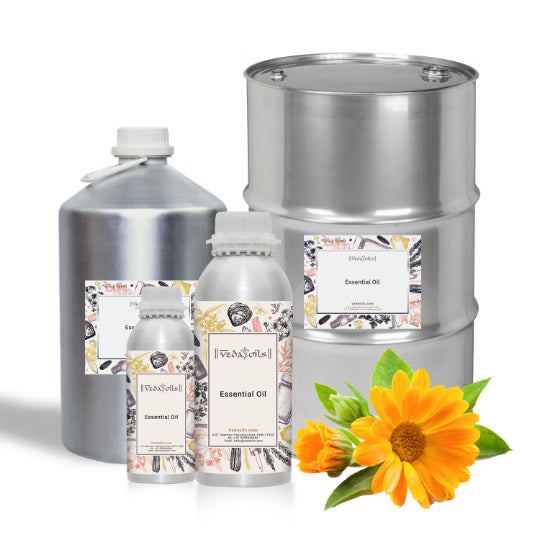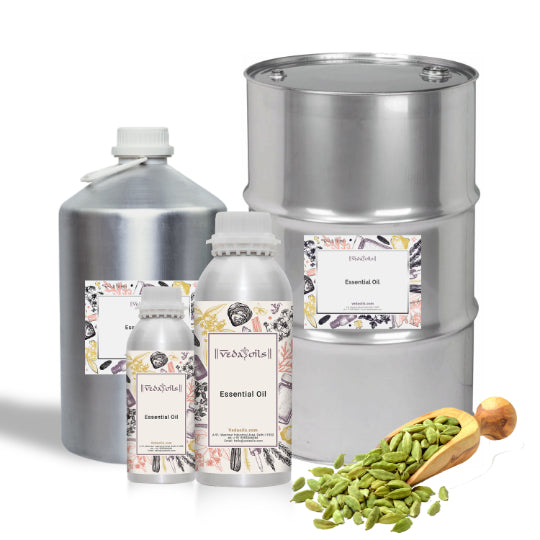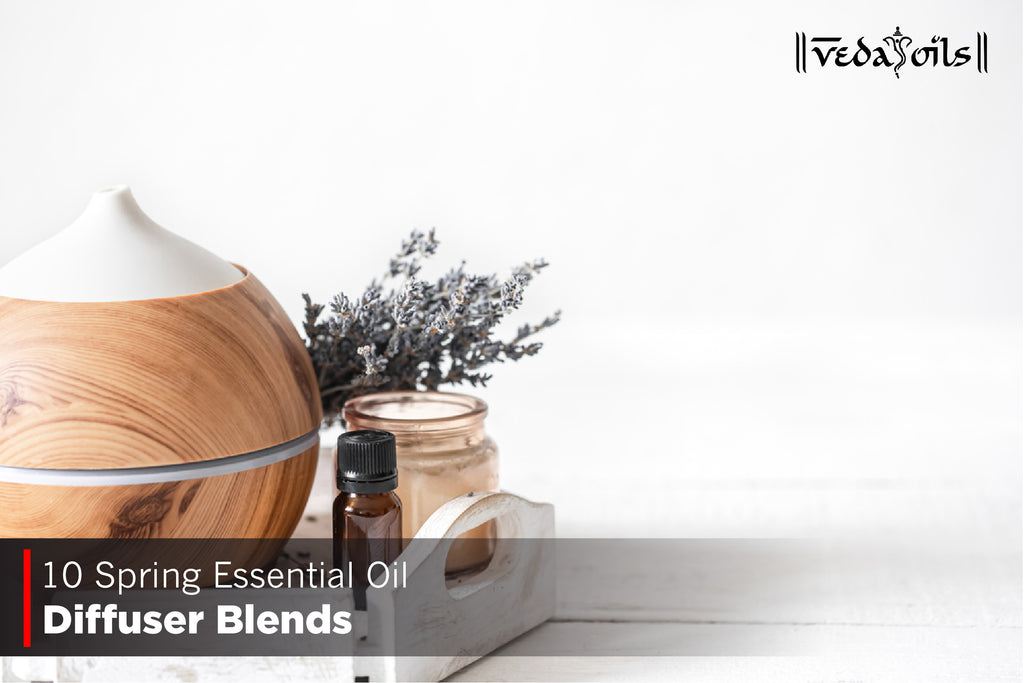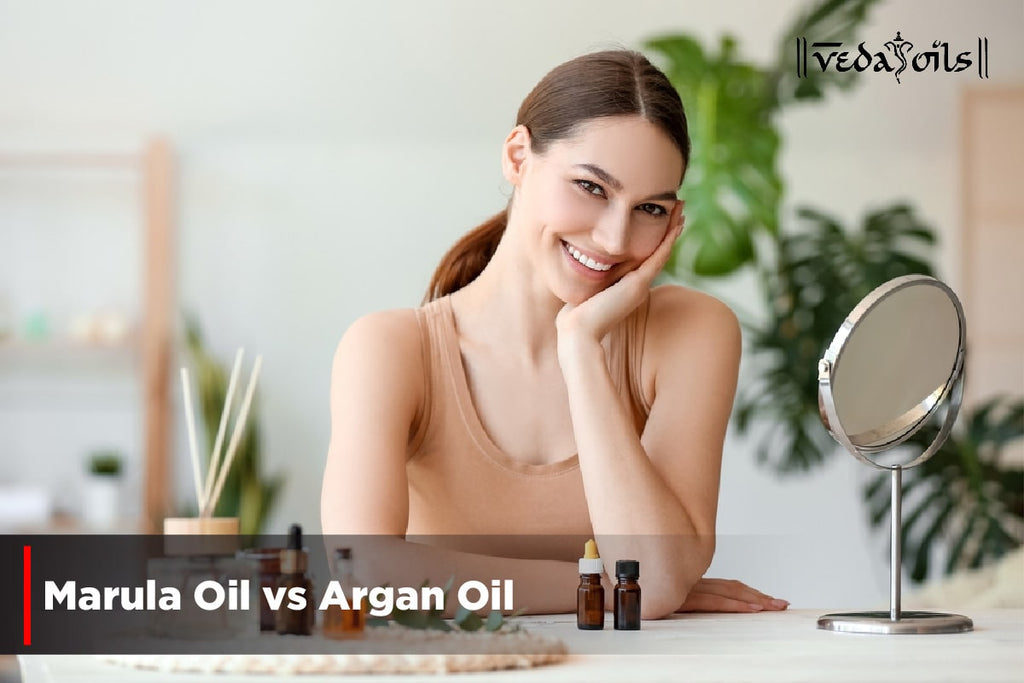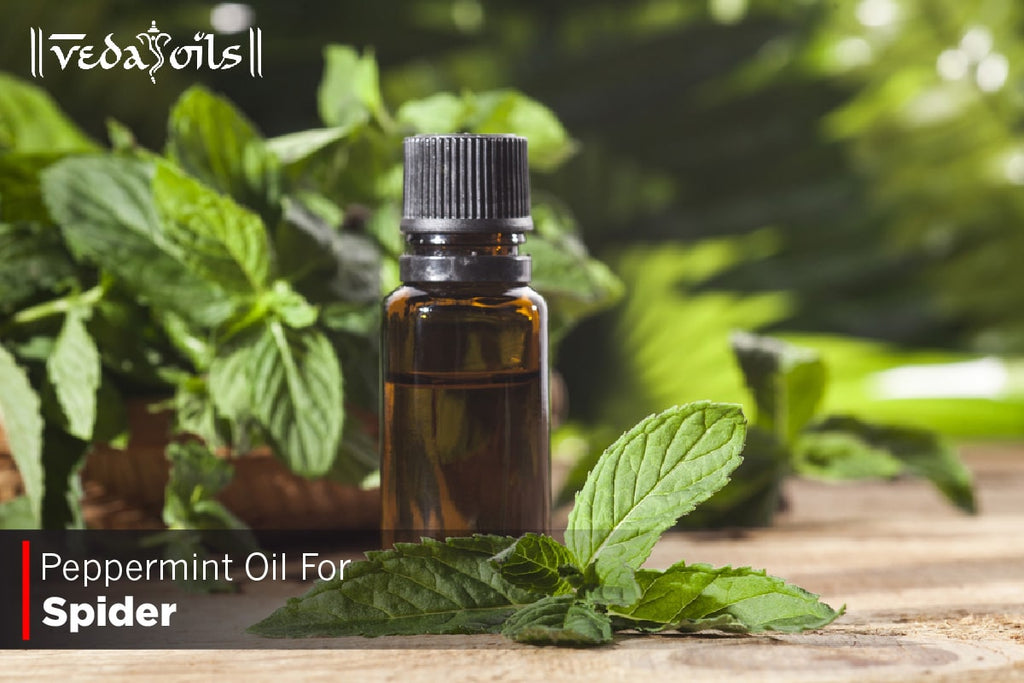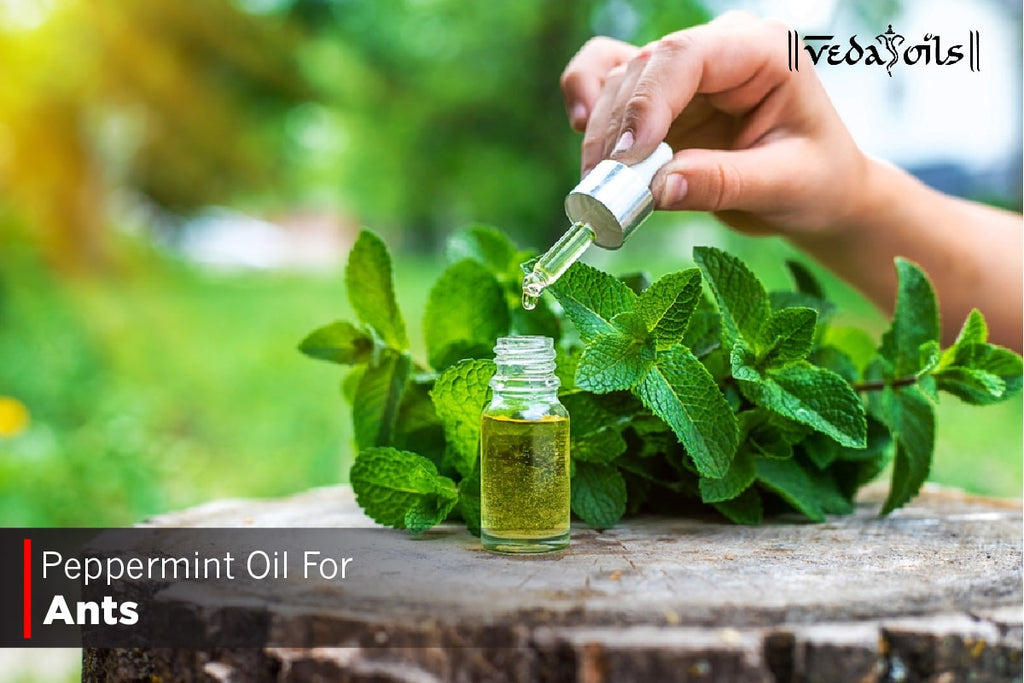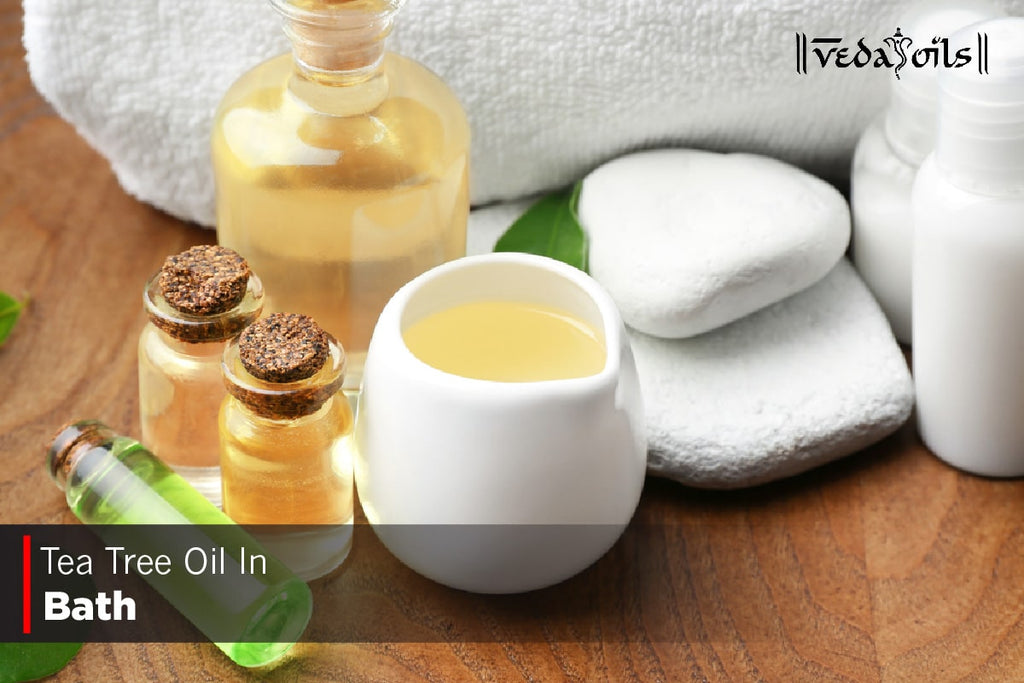Essential oils have gained immense popularity in recent years thanks to their numerous benefits for health and wellness. These potent plant extracts are also widely used for skincare, aromatherapy and household cleaning. However, with the growing demand for essential oils, there has been an increasing concern over the quality and essential oil purity.

Many essential oils on the market today are diluted and adulterated with synthetic materials, making it difficult for consumers to identify genuine products. In this blog, we will discuss the concept of essential oil purity and the different standards for checking the essential oil purity standards.
Purity & Quality Essential Oils Standards – How To Check?
As we said, Essential Oils possess a wide range of health benefits. Therefore it becomes crucial to know about the various purity and quality standards that can help you pick the right essential oil. Here's how to check the authenticity of essential oil purity standards when purchasing them.
1. Verification Of The Plant's Botanical Species

Verifying the plant’s botanical species is essential to ensure the quality and purity of essential oils. Botanical identification helps determine the plant's origin, harvesting and processing. This verification involves a detailed analysis of the plant’s morphology, chemistry and anatomy. This analysis helps the producers of essential oil pure brands find whether the plant botanicals are ideal for manufacturing pure and quality essential oils.
2. Crops Were Not Subjected To Agrochemicals

It's important to check whether the crops were not subjected to agrochemicals or pesticides. The reason behind that is these chemicals can significantly impact the quality and purity of essential oils. These agrochemicals can leave harmful residues on plants which can be extracted along with the essential oil purity. Important oil manufacturers can provide customers with high-quality, pure and safe essential oils by verifying whether the crops were subjected to agrochemicals.
3. Low-Pressure Distillation Techniques Employed

Another factor that acts as a common factor in the essential oil purity standards is the low-pressure distillation techniques employed or not. This technique is vital to ensure the quality and purity of essential oils during manufacturing. Low-pressure distillation techniques retain the plant's natural components, including all the volatile aromatic compounds that give essential oils their therapeutic properties.
4. Visually Inspecting The Essential Oil

Visual inspection of essential oils is necessary to identify any impurities or abnormalities that may have occurred during the oil extraction, processing and storage. By examining the oil's clarity, colour and consistency, it becomes easy to detect any changes that may indicate adulteration, deterioration and contamination. In addition, visually inspecting the essential oil pure brands can help identify any visible particles or sediment that may have settled in the oil.
5. Odour Evaluation Of The Essential Oil

Evaluating essential oils' aromas is crucial since it helps identify the oil's purity, authenticity, and potential for adulteration. Any variation from the anticipated odour profile may indicate contamination, adulteration, or oil degradation. The purity and quality of essential oil can be determined by conducting an odour evaluation to ensure the aroma matches the anticipated profile. Odour evaluation is an important quality control method because consumers rely on the distinctive aroma of essential oil pure brands as a sign of their authenticity and medicinal efficacy.
6. Essential Oil Purity Testing Using GC or GC/MS Technology

Another way to check the purity of essential oil purity standards is by testing the purity of the essential oils using the GC or MS technology. Gas Chromatography and Mass Spectrometry possess the reliable essential oil pure brands. The GC/MS results determine that the oil contains an unsuitable level of certain constituents; producers and distillers may also degrade the oil so that the oil appears to be of higher quality. Manufacturers use these technical methods to identify whether the levels of crucial constituents are suitable and, if not, potentially alter the oil until the constituent ratios are satisfactory.
Conclusion
In conclusion, the essential oil purity standards are critical factors that determine their effectiveness and safety for use. It is necessary to understand the standards for purity and quality and to check for authenticity when purchasing essential oil pure brands. Look for reputable brands that provide information on their products' sourcing, testing, and certification. Always read the label carefully and avoid crucial oils diluted or adulterated with synthetic chemicals. By choosing high-quality pure essential oil brands, you can enjoy their many benefits without compromising your health or well-being. Remember to use essential oils responsibly and consult a healthcare professional if you have any concerns.


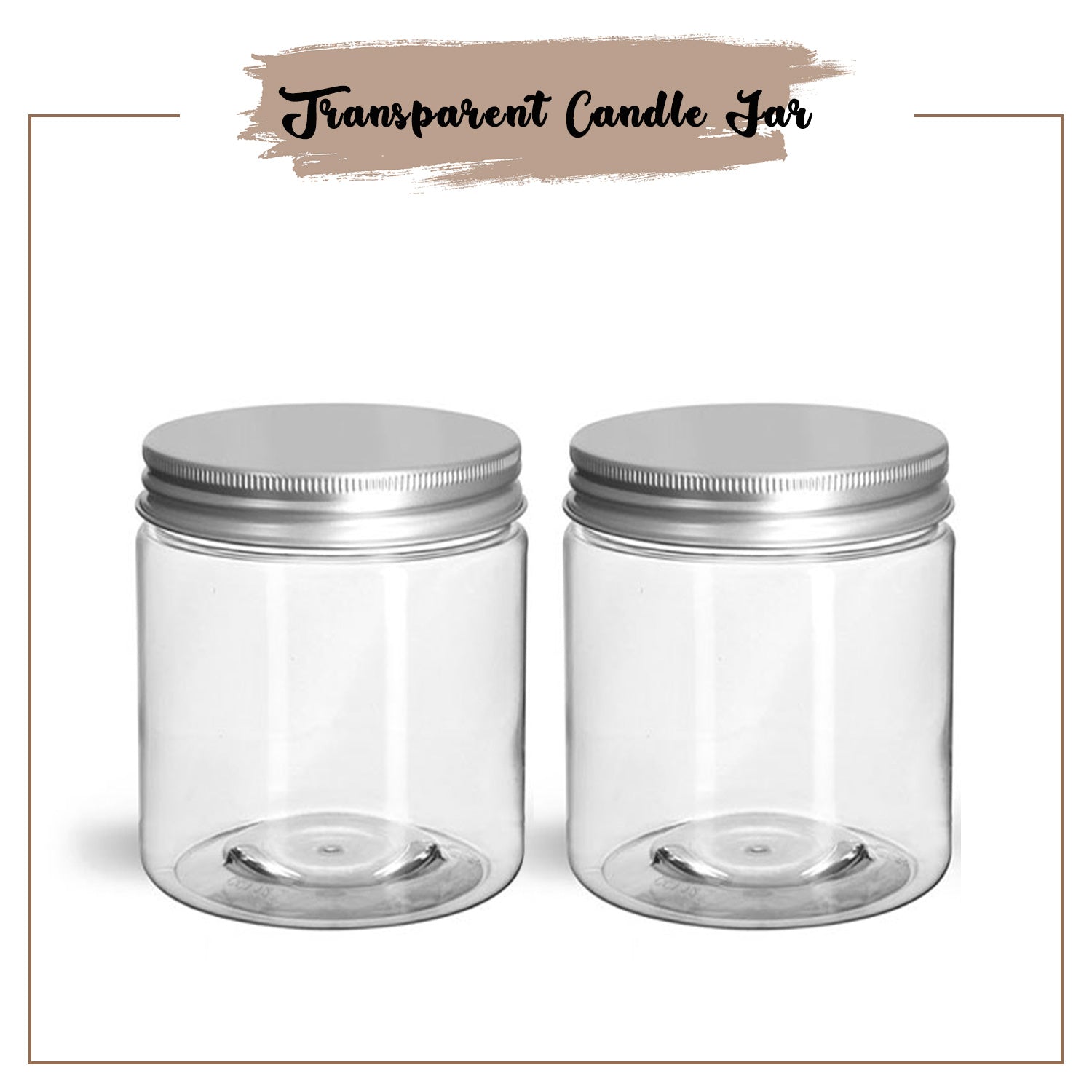

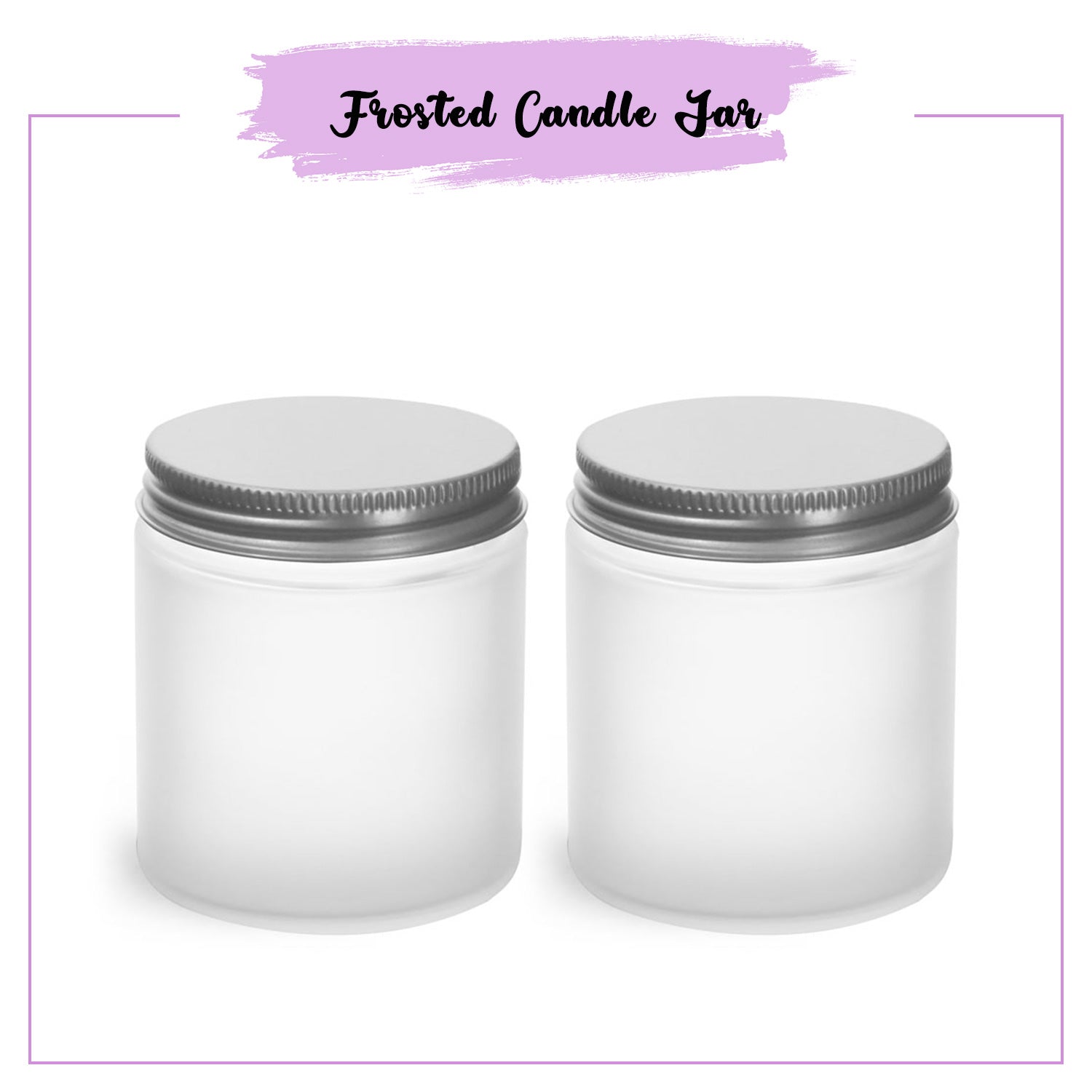

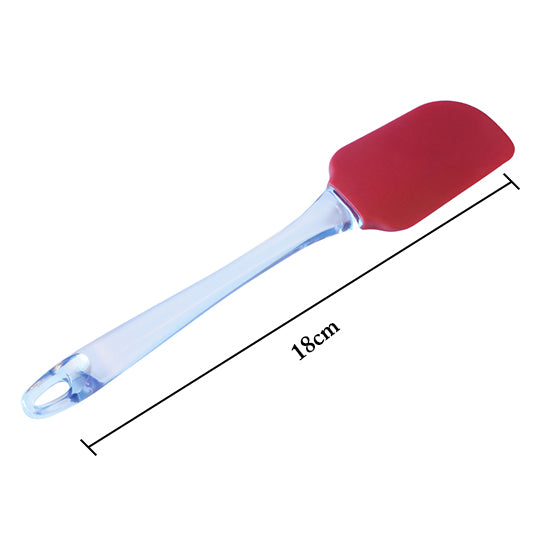

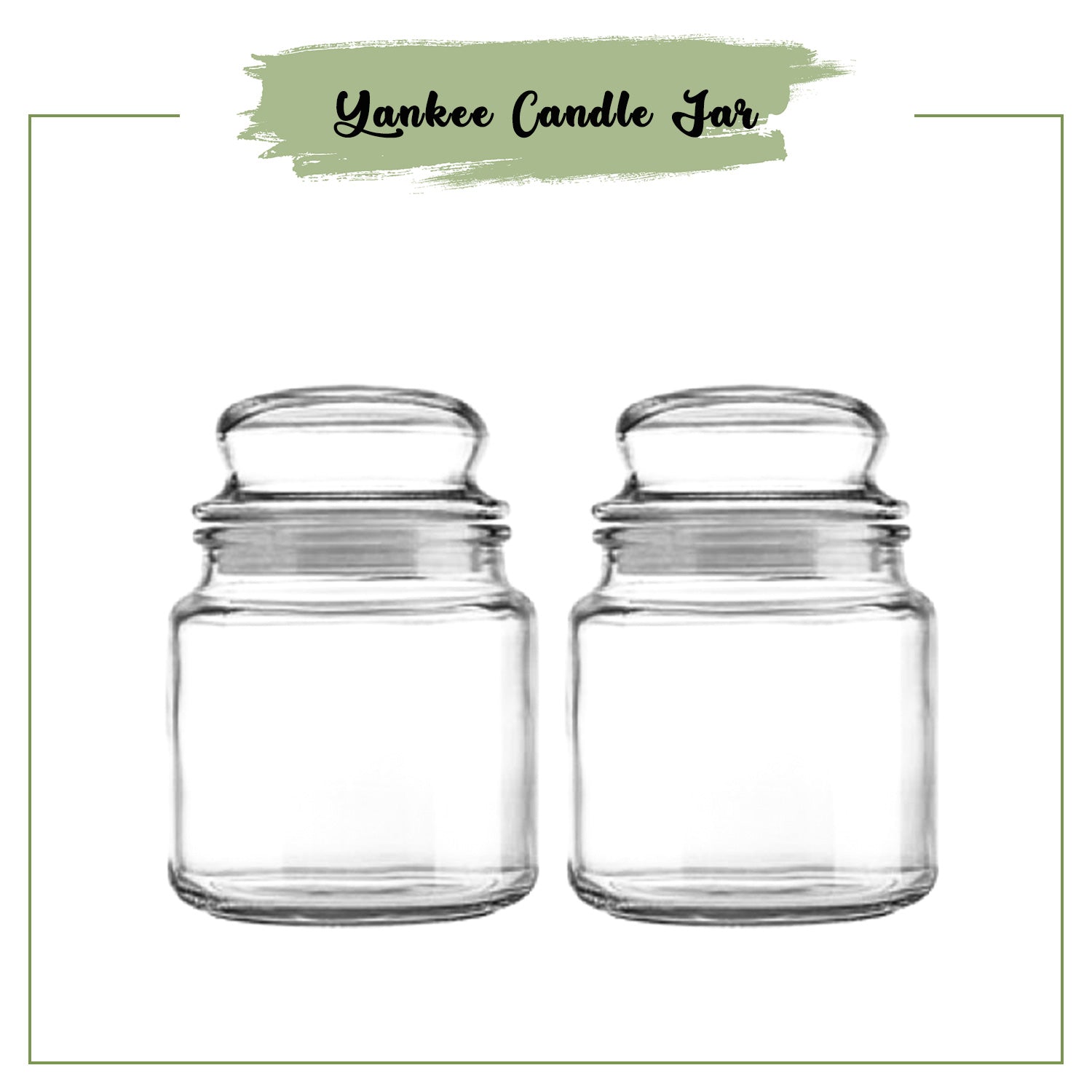

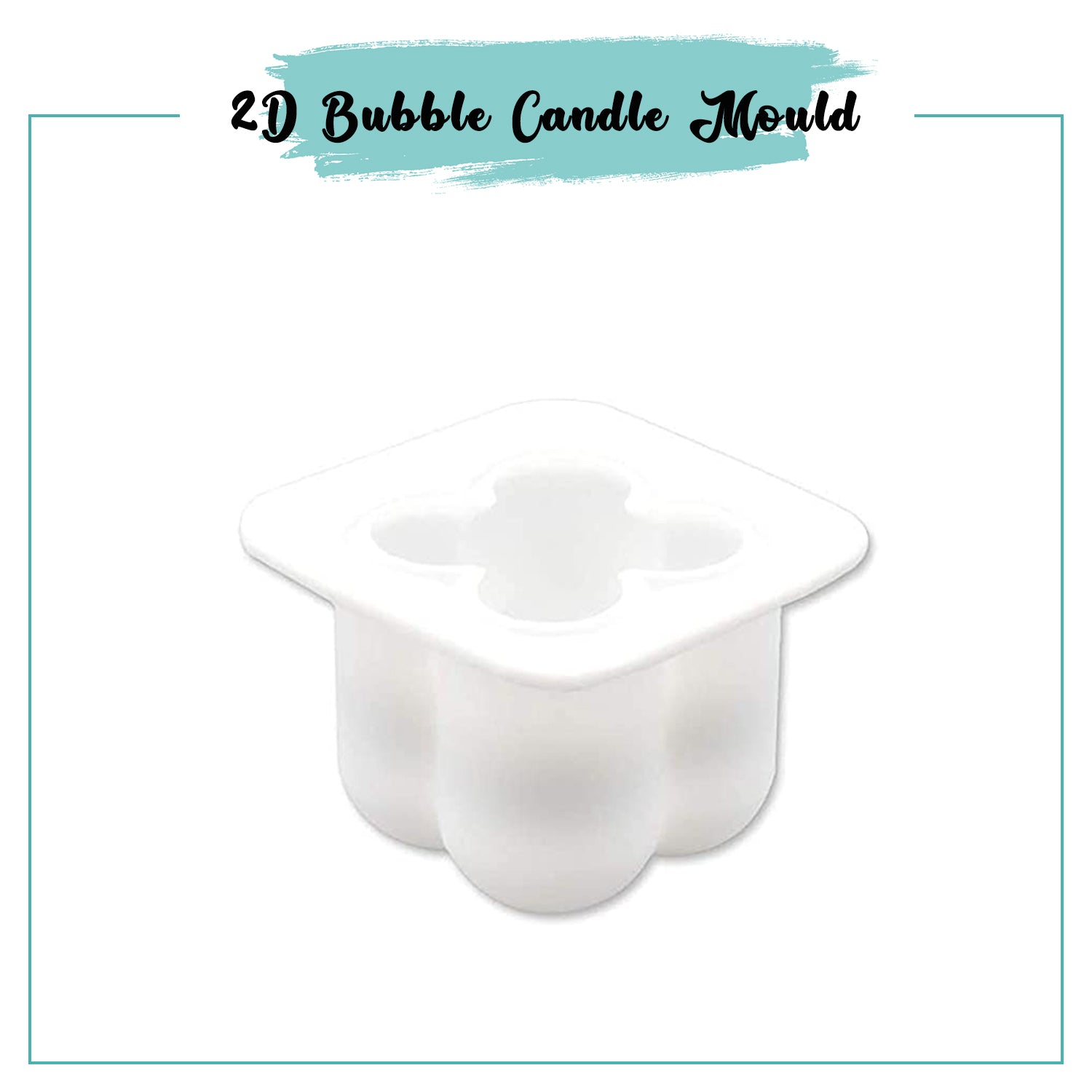


 Sign in
Sign in Register now
Register now My Reward Points
My Reward Points




